Acrylic Art & Collectibles Peacock
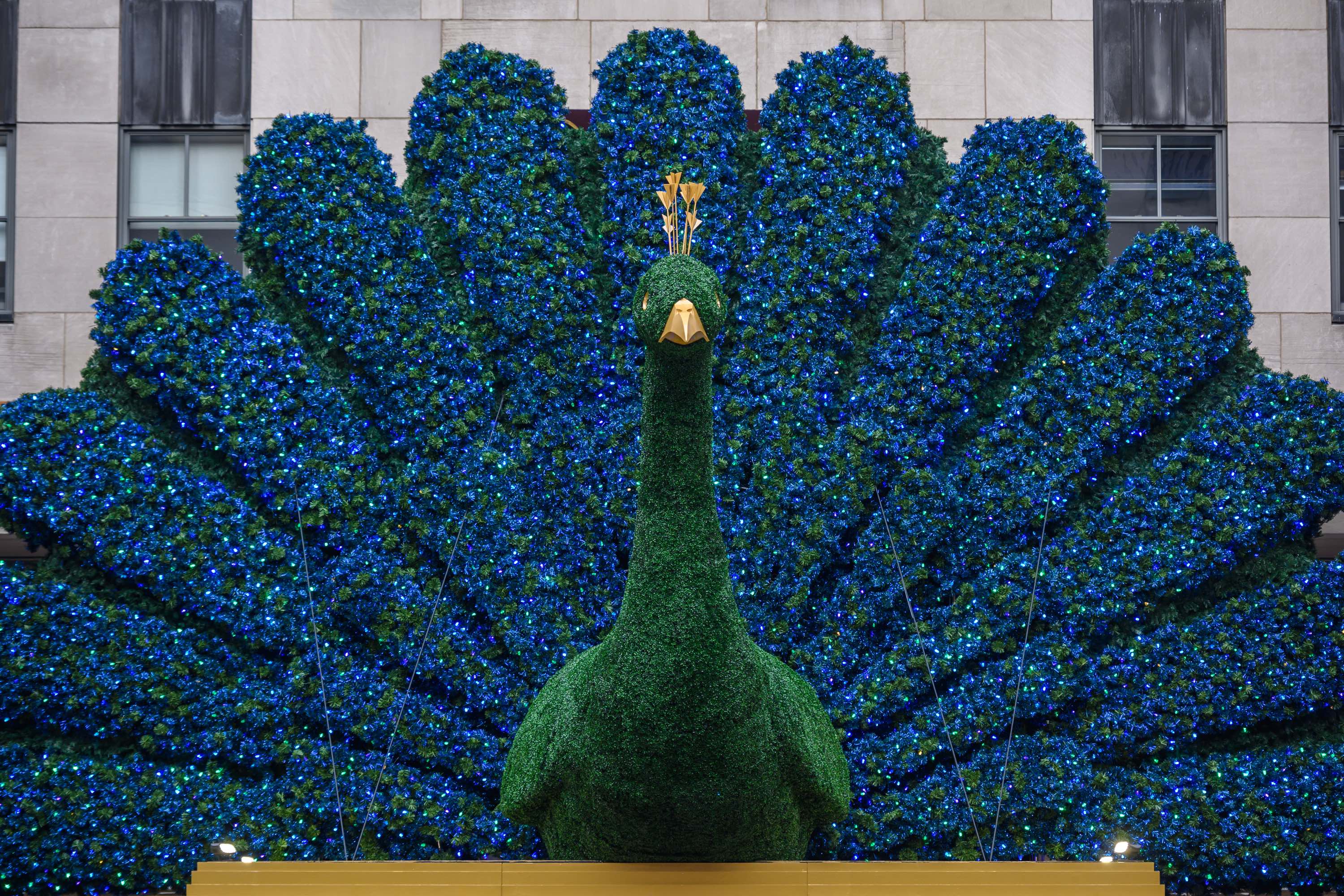
Acrylic Art & Collectibles Peacock
Calathea Makoyana Plant Care Basics. Keep your Calathea makoyana in a spot where temperatures are between 60-75℉, and humidity is over 60%. Grow it in a mix of peat moss and potting soil with pumice or perlite for good drainage. Place your peacock plant in a spot that receives indirect sunlight and water twice a week to maintain moist soil.

Peacock Plant Care Tips and Tricks for Keeping Your Calathea Makoyana Healthy Garden Pedia
The peacock plant, also known as the calathea makoyana, is a beautiful and exotic plant native to Brazil. It has large, deep green leaves with intricate white patterns on them and can grow up to two feet tall. Peacock plants are considered a type of prayer plant due to the way their leaves move. The leaves of the peacock plant will open during.

17 Best images about Peacock Nursery Ideas on Pinterest Fabrics, Designer pillow and Nurseries
Peacock Plants are the masters of showmanship, just like the birds of the same name. The leaves of this plant draw gardeners and non gardeners alike as the watermelon-like leaf pattern is especially attractive along with the contrasting maroon-purple color on the reverse side. In addition, you'll see these plants move a ton throughout the day!

Peacock Plants Care & Growing Guide » GreenLife
Peacock Plant Varieties. As a specialist in botany and gardening, one of the most exciting parts of my job is discovering the various peacock plant varieties.With proper care and attention, these plants can make a beautiful addition to any garden.. The peacock plant has many varieties which can provide a range of colors, textures, and sizes to your garden.
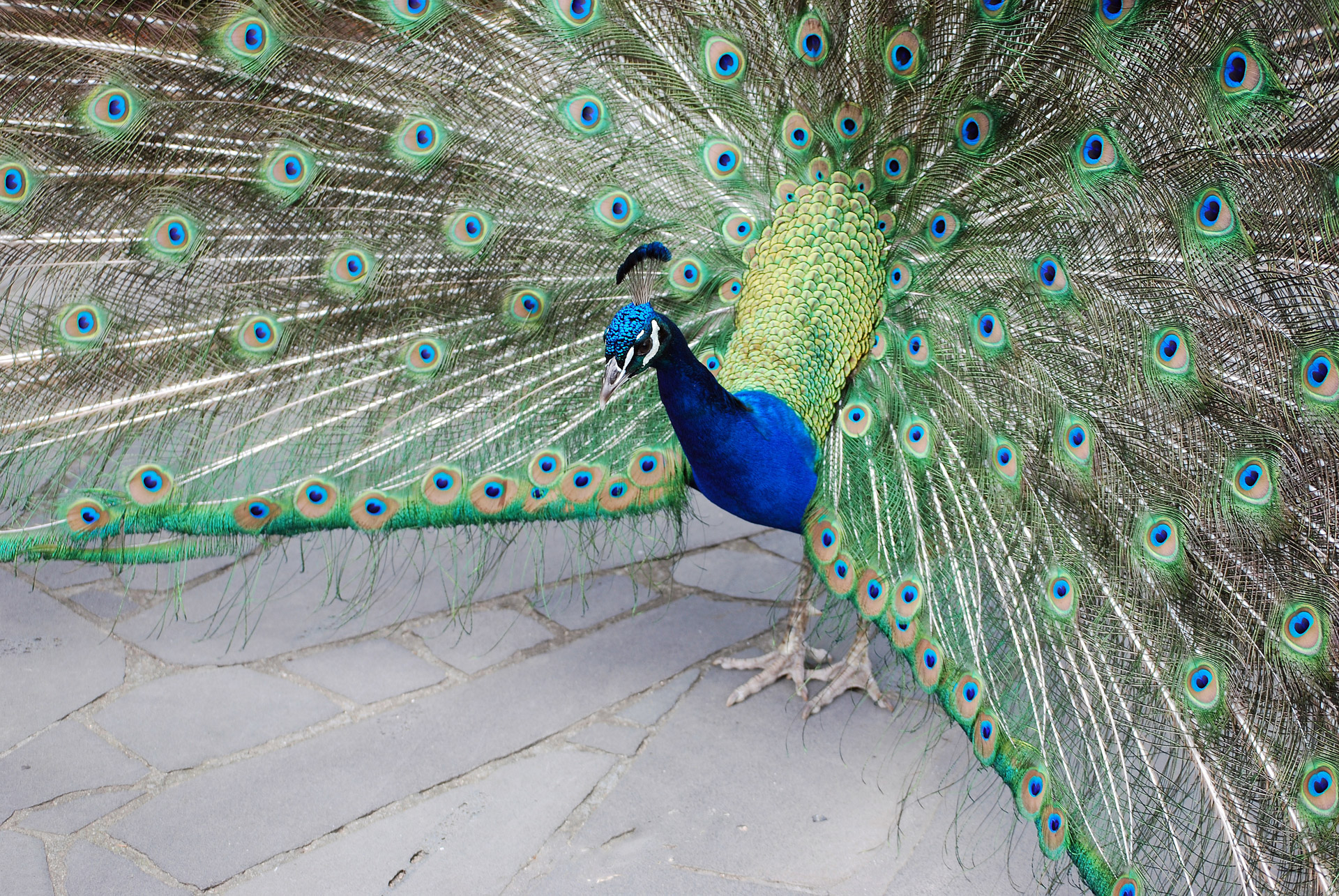
Peacock Free Stock Photo Public Domain Pictures
Gemma Johnstone Updated on 01/29/21 The Spruce / Gyscha Rendy In This Article Care Propagating Potting and Repotting Common Pests & Disease There are many species within the Calathea genus. They're all known for their striking foliage and are sometimes referred to as 'prayer plants' as their leaves often raise up and curl shut overnight.
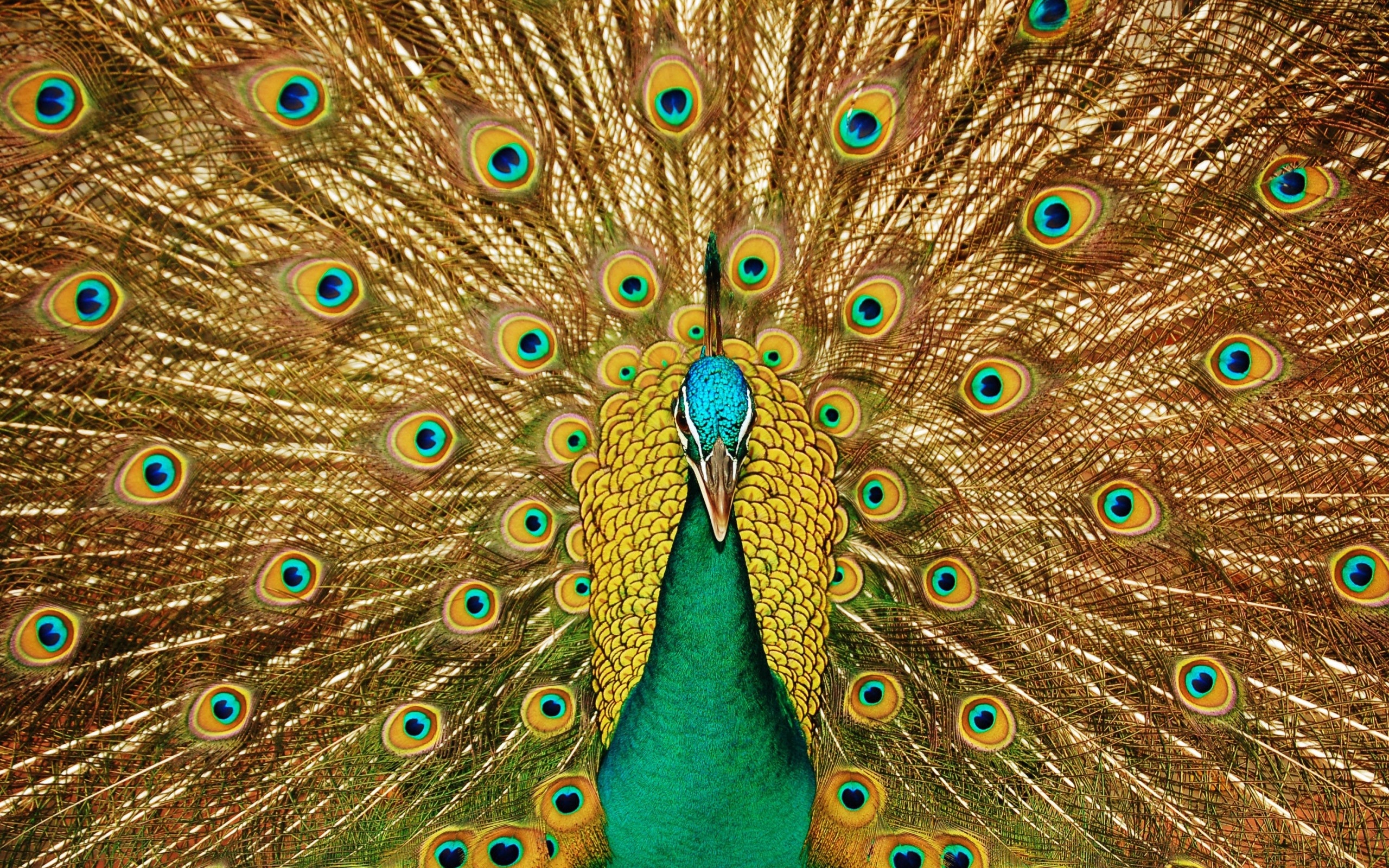
Peacock Photo, Free Peacock Wallpaper, 18711
Picking winners Friday! He's giving away three-month subscriptions to Peacock to 90 fans who reply to his tweet asking why they're worthy. Omenihu is picking the winners on Friday. The Chiefs.
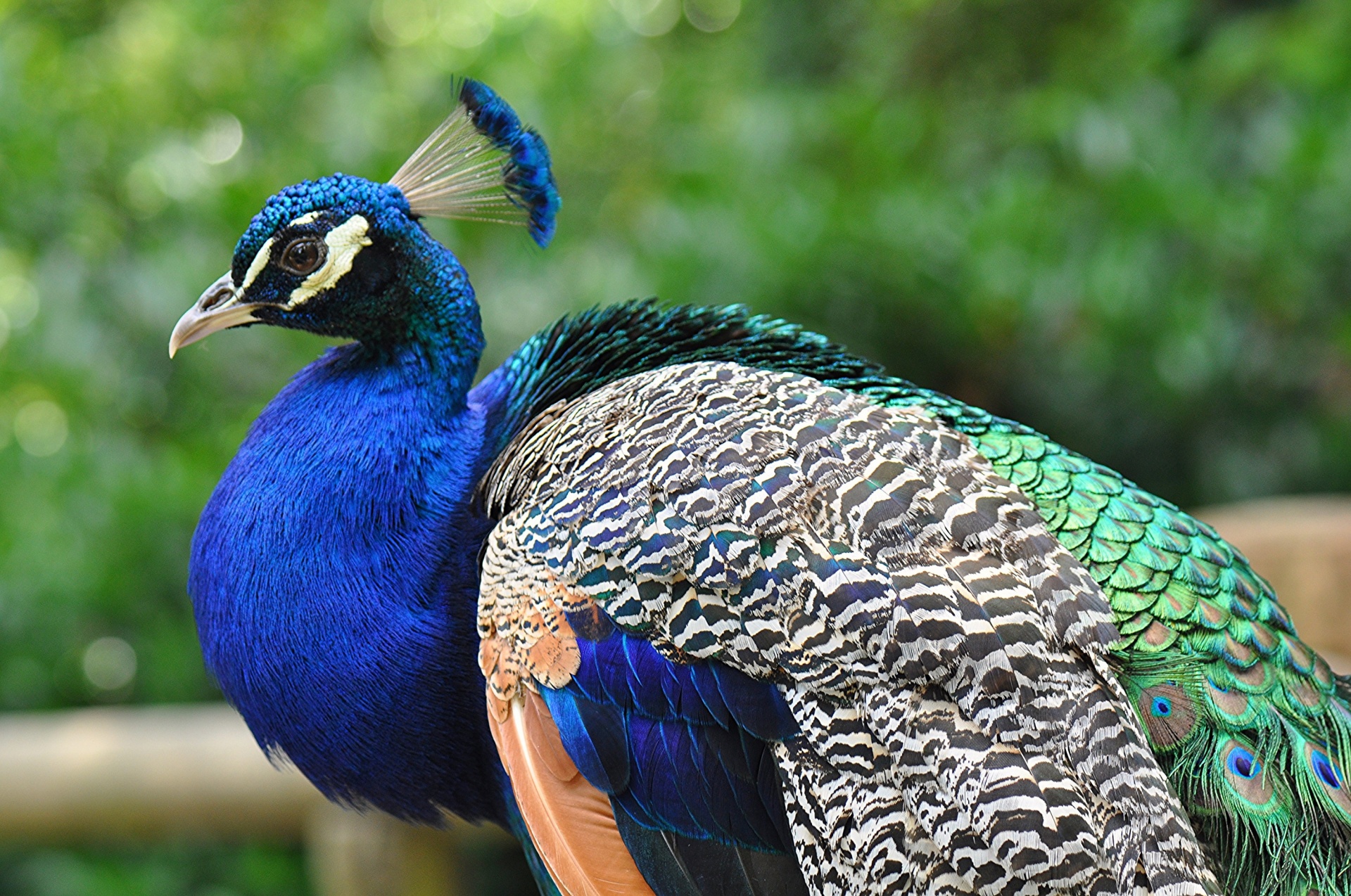
Peacock Free Stock Photo Public Domain Pictures
The common name of Calathea makoyana—peacock plant—comes from its beautiful leaves that are said to resemble a beautiful peacock's tail.This Calathea species is also called "cathedral windows" due to its interesting leaf patterns.. Peacock plants are shade plants with a slow to medium growth rate. Growing in pots indoors, Calathea peacock plants don't grow taller than 2 ft. (0.6 m.

Peacock Plant Nurseries
The Plant Chica Calathea vs. Goeppertia: the mass reclassification In his 1883 text, Charles Morren remarked that the plant he described "seemed to them a proper species," and that it was named after the horticulturist who had it in his greenhouse, one Jacob-Makoy. He categorized it in the genus Calathea.

Calathea makoyana The Peacock Plant Nurseries Online
Peacock plants prefer temperatures between 60 degrees F and 75 degrees F (15 and 24 degrees Celsius). You should never keep your Peacock plant in a room that has a lower temperature than 60 degrees F (15 degrees Celsius). Also, it is very important that the temperature is constant and without cold drafts or sudden temperature changes. Humidity.
FilePeacock 2.JPG Wikipedia, the free encyclopedia
Peacock plant ( G. makoyana) is an evergreen, herbaceous perennial often grown as a houseplant and loved for its fascinating leaf patterns. Each leaf is variegated with a cream or pale green background. Contrasting against this are its leaf margins, veins, and large, alternating blotches radiating from the midvein - all of which are dark green.

Peacock Plant Near Me STRENDU
Written by MasterClass Last updated: Dec 20, 2021 • 3 min read Peacock plants are popular houseplants with stunning, broad foliage that you can enjoy year-round if you grow them inside. Follow this guide to growing these humidity-loving plants. Learn From the Best What Is a Peacock Plant?
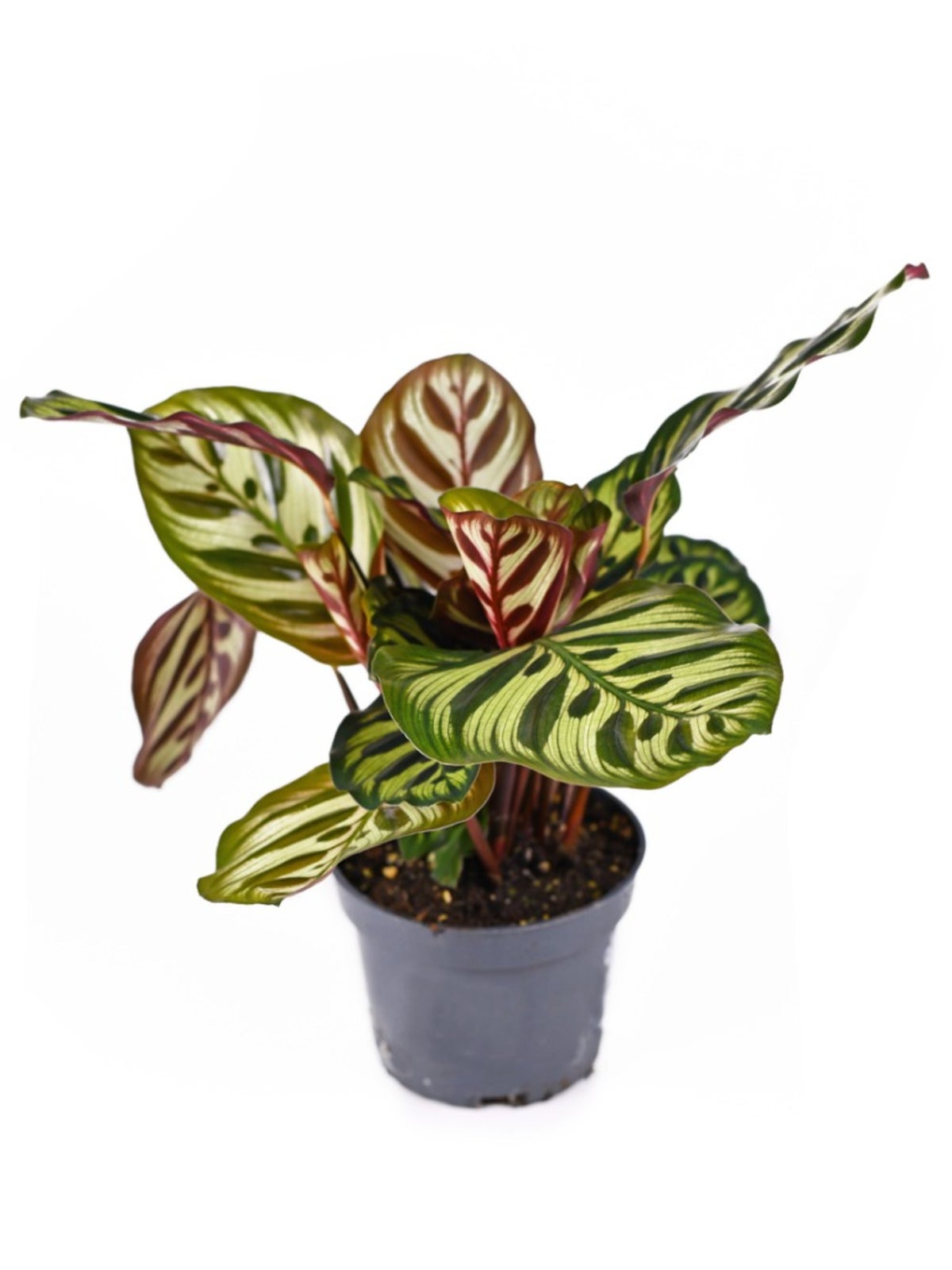
Peacock Plant Care Taking Care Of Calathea Peacock Houseplants
last updated March 14, 2021 Peacock houseplants ( Calathea makoyana) are often found as part of indoor collections, though some gardeners say they're difficult to grow. Taking care of Calathea peacock and creating conditions in which it will flourish is not difficult when following these simple tips.

How to get to Peacock Plant Nurseries in Amber Valley by Bus or Train?
Since peacock plants are tropical plants, aim for a room temperature of around 65-80º Fahrenheit (18-27º Celsius). Avoid extreme changes in temperature. Also, keep peacock plants away from areas where there are hot or cold drafts such as open windows or heating vents. Light. Peacock plants thrive in low-light or shady conditions.

Calathea Peacock (Makoyana) Soil & Clay Peacock Plant, Calathea, Rare Plants, Healthy Plants
A high level of humidity is important for growing your Peacock plant. These plants will need to be sprayed with mist regularly. The soil should be kept moist for these plants. Peacock plants need to have a good balance of water, therefore these plants can be a bit tricky to care for so perhaps not good for beginners.
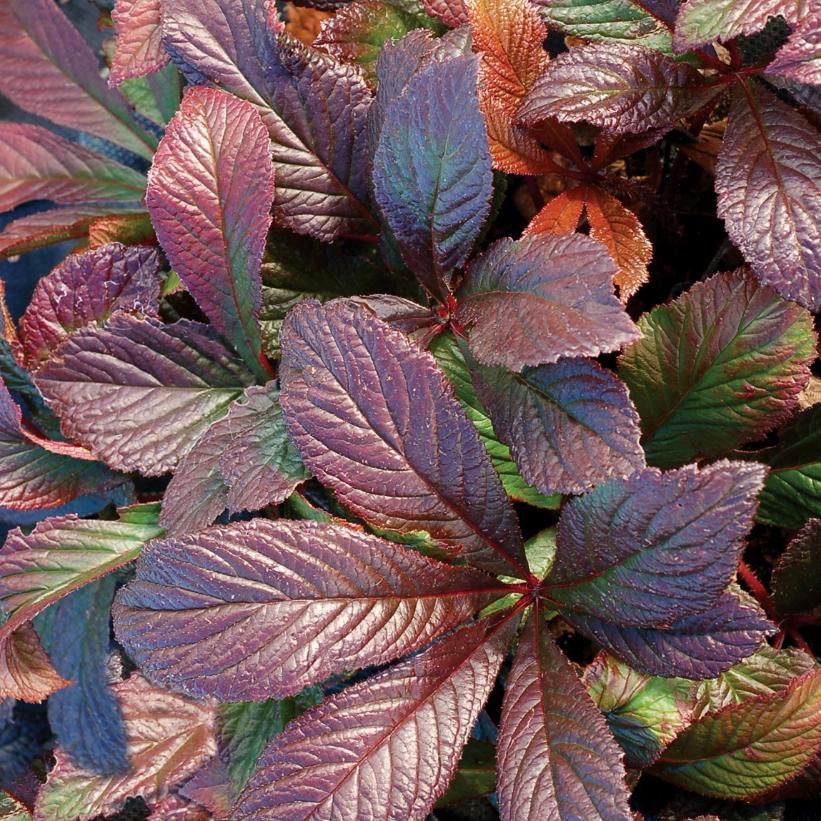
Rodgersia x 'Bronze Peacock' (PP24780) from NVK Nurseries
Buy Peacock Plant . The Peacock Plant is commonly known because of its striking foliage and is at times referred to as 'Prayer Plants' since they often raise their leaves up and curl them shut overnight. The Peacock Plant is scientifically referred to as "Calathea Makoyana" or "Goeppertia Makoyana". This Calathea plant lies under the genus of "Goeppertia" and is mostly used as.

Plant Care Guide
Calathea makoyana, also known as Peacock Plants or Cathedral Windows, are evergreen perennial plants that grow well anywhere with medium to bright indirect light (even a room with low light will work) as a houseplant. The intricate designs on the leaves look similar to feathers, which is where it got the name, Peacock Plant.